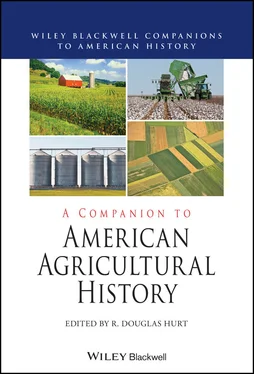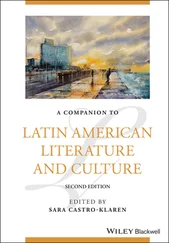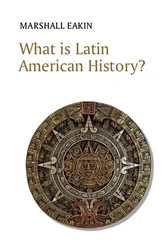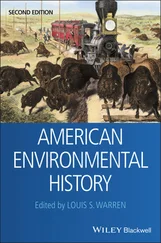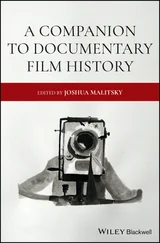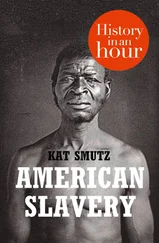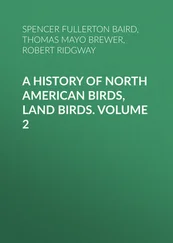Perhaps most suggestive of all is the rich literature on early promoters of modern irrigated agriculture in California. Pisani, From the Family Farm to Agribusiness (1984), Donald Worster, Rivers of Empire (1985), and Mark Arax, The Dreamt Land (2019), among others, have demonstrated that William Smythe, William Hammond Hall, Elwood Mead, and other “crusaders” believed that water could be utilized to promote family farms, break up the state’s baronial wheat farms, and still encourage economic development. They saw no contradiction between agrarian ideals and the emerging industrial capitalist order. But irrigation scholars have not examined the worldview of the farmers themselves with the same originality. Pisani, oddly enough, falls back on the agrarian-industrial dichotomy to conclude that nineteenth-century specialty-crop growers “saw themselves as businessmen, not community builders.” His brief assessment of grower culture stems from a single source— Factories in the Field .
Economists have provided many additional insights, only a few of which can be mentioned here. William S. Hallagan, “Labor Contracting in Turn-of-the-Century Agriculture” (1980), demonstrates that risk sharing, the enforceability of contract terms, incentives, supervising concerns, community relations, and a number of other variables factor into how specialty-crop farmers—Anglo and Asian alike—assessed their particular labor needs. Keijiro Otsuka et al (1992) surveys agricultural contract choice in developing economies in “Land and Labor Contracts in Agrarian Economies” (1992), many of which are directly relevant to the California specialty-crop era. And Olmstead and Rhode, Creating Abundance (2008), emphasize the paramount importance of biological innovation in the transition from wheat to fruit in California, with farmers experimenting with new crops and gradually matching them to soils and microclimates, reshaping the landscape to better accommodate labor-intensive agriculture, and combating pests and diseases—all by undertaking collective action under the guidance of a vast array of new state and federal laws and institutions.
Readers interested in cooperative marketing should begin with Woeste, The Farmer’s Benevolent Trust (1998). Her study is the first to analyze the subject in its legal and social, not just economic, contexts. Previously, scholars relied heavily on the works of agricultural economist H. E. Erdman (e.g. 1958). Mansel G. Blackford (1977) and Grace H. Larsen (1958) clash over the role played by Harris Weinstock, the most significant non-grower in California’s cooperative movement. Other important works include Vaught, Cultivating California (1999) and Street, “Marketing California Crops at the Turn of the Century” (1979). A number of doctoral dissertations on the cooperative efforts of growers of specific crops, most of them conducted at the University of California, Berkeley, in the 1920s, are cited in these works.
Though most analyses of the specialty-crop era contain elements of environmental history, several scholars have placed nature and ecology at the forefront of their studies, most notably Benny J. Andrés, Power and Control of the Imperial Valley (2014), Christopher J. Castaneda and Lee M. A. Simpson, River City and Valley Life (2013), Igler, Industrial Cowboys (2001), Linda Nash, Inescapable Ecologies (2007), Marc Reisner, Cadillac Desert (1986), Sackman, Orange Empire (2009), Stoll, The Fruits of Natural Advantage (1998), Ian Tyrell, True Gardens of the Gods (1999), and Sarah D. Wald, The Nature of California (2016).
With regard to cotton production in California, the two best overviews are John H. Turner, White Gold Comes to California (1981) and Moses S. Musoke and Alan L. Olmstead, “The Rise of the Cotton Industry in California” (1982). In Creating Abundance (2008), Olmstead and Rhode continue their analyses on biological innovation with an emphasis on the San Joaquin Valley’s extraordinary one-variety community movement over a 40-year period in the first half of the twentieth century to its subsequent demise in the late 1950s and 1960s. On the Imperial Valley, the essential work is Andrés, Power and Control of the Imperial Valley (2014). Jack Temple Kirby, Rural Worlds Lost (1987), offers a comparative perspective with the American South. Prior to mechanization, the focus necessarily turned to labor; see especially Daniel, Bitter Harvest (1982) and Weber, Dark Sweat , White Gold (1994). Despite its flaws, Mark Arax and Rick Wartzman, The King of California (2003) is a must-read.
Finally, there are a number of useful broad, general works on California agriculture available, including Walter Ebling, The Fruited Plain (1980), Lawrence J. Jelinek, Harvest Empire (1982), Joseph A. McGowan, History of the Sacramento Valley (1961), Scheuring, A Guidebook to California Agriculture (1983), and Richard A. Walker, The Conquest of Bread (2004). The best textbook on California history—and the one that offers the most and best insights on agriculture and related topics—is Richard B. Rice, William A. Bullough, Richard J. Orsi, Mary Ann Irwin, Michael F. Magliari, and Cecilia M. Tsu, The Elusive Eden (5th ed. 2020).
Конец ознакомительного фрагмента.
Текст предоставлен ООО «ЛитРес».
Прочитайте эту книгу целиком, купив полную легальную версию на ЛитРес.
Безопасно оплатить книгу можно банковской картой Visa, MasterCard, Maestro, со счета мобильного телефона, с платежного терминала, в салоне МТС или Связной, через PayPal, WebMoney, Яндекс.Деньги, QIWI Кошелек, бонусными картами или другим удобным Вам способом.
